Missing an animal with a rifle bullet is part of hunting. Sometimes we absolutely know why we miss, sometimes we think we know why we miss, and sometimes we’re dumbfounded and can’t explain it. There are many, many variables.
When I gave hunting seminars at hunt expos, I told the audience that if you’ve never missed, there are three elements to that admission: 1. You haven’t hunted very much; 2. You have a problem with the truth; 3. You should join the U.S. Shooting Team.
The most obvious fault is the shooter. A bad shot can be blamed on shooting too quickly, misjudging distance, suffering from classic buck fever, shooting at a moving animal, being unfamiliar with the firearm and optics, and having an unsteady rest. All these mistakes can be corrected, though buck fever is difficult to overcome, requiring time and experience.

It’s obviously critical for a person to be familiar with ballistics and the rifle’s capabilities. The common thinking is to take the rifle to the range and shoot at a 100 yard target before the season opens. If the bullet group is satisfactory the shooter calls it good. But what if you’re out there and you see a bull elk across a wide draw. Your rangefinder says the quarry is 381 yards away. Do you know where your bullet is hitting at that range? (By the way, I’m not talking about long range shooting machines and optics. I’m referring to conventional guns where a 400 yard shot is considered extremely long range to most of us.) To remedy that possible scenario, shoot your firearm at 200-300 yard targets to become familiar with your gun’s capabilities at those distances. Many folks don’t have ranges at home that have targets beyond 100 yards. My suggestion is to practice shooting at long ranges when you arrive in the west. There are millions of acres of BLM and Forest Service lands where you can safely set up and shoot.
If you can, have a backup rifle if something happens to your primary gun. I recall a black bear hunt along the British Columbia coast where I slipped on a mossy rock and my gun slammed down hard on a rock. The scope was damaged so badly it couldn’t be readjusted. When I fired the gun I saw it was consistently hitting a foot to the left and 18 inches high at 100 yards. Later I saw a good bear and made the proper mental adjustment though it was weird to do so. I made the shot and was happy to see the bear go down.
There’s an old joke that says “gun control is all about holding a gun steady.” That’s true. There are all sorts of ways to steady your rifle. One of the best is having an attached bipod that is quickly lowered from its position under the gun and placed firmly on the ground. One drawback is that the bipod often catches on brush and unbalances the gun as you’re carrying it over your shoulder, but I believe the benefits of a bipod outweigh the disadvantages.
Shooting rests that you carry are commonly used. They can be monopods, bipods or tripods. I prefer the tripod because it’s much more stable than the others. I’m not at all enamored with a monopod but it’s better than nothing. Rests typically have telescoping legs so they can be adjusted for a prone, kneeling, sitting and standing position. Some have extra bells and whistles that add more stability. I’m a firm believer in a rest and carry one on every hunt.
If you don’t have a portable rest, use a tree branch, log, rock — whatever is nearby. Time may be of the essence so you’ll have to be quick. My favorite rest is my backpack. I’ll throw it on a rock or log and settle my rifle in.
A deflected bullet may cause a miss. I can recall at least four incidents where my bullet hit a small branch or tiny sapling and was seriously deflected, causing misses that never should have happened. It’s amazing how the smallest twig can intercept a speeding bullet and send it off course. I believe that we often think that a bullet will plow through brush with no interference from the vegetation.

I recall a whitetail hunt where I was sitting in an elevated stand in Saskatchewan on a bitterly cold morning. A nice buck walked in and I slowly eased my rifle away from the wall where it was leaning. While doing so, the butt of the gun hit an empty juice can and knocked it over. The buck heard it and looked straight at me. It was standing behind a fairly sparse bush and I could see all of its body. I knew it would bound away any moment and took the shot. Otherwise I would have waited until it walked in the open. I hit the buck, but not where I aimed. Luckily there was snow on the ground and I was able to follow and finish it a long way away. I investigated later and saw where the bullet struck several branches.
Another time, in Africa, I was taking a couple shots to confirm my gun was on after a 16 hour flight from Atlanta. My wife and PH were standing there watching. I was dumbfounded when I missed the target and couldn’t understand it..
“Did you know you hit that little tiny sapling in front of the target?” my wife said. I didn’t, and saw that she was right. The deflection caused the bullet to veer off sharply. After taking a couple more shots I learned that the gun was fine.
Shooting at a moving animal may cause a miss, primarily because the hunter believes the quarry isn’t going to stop for a shot. This is best left to the hunter’s judgement, and depends on the distance of the animal, how fast it’s moving, in which direction, and the vegetation surrounding it. If the animal offers only fleeting glances in the forest the safest shot is when there’s a big enough window in the brush where it will enter. Again, it’s a judgment call. If there’s any question about it the shot shouldn’t be taken.
Pronghorn antelope are often shot running, which is usually a bad move. These animals can run at 50 miles per hour or more. I once watched a guy who claimed he was leading the first animal in a running herd by several feet and hit the third one back. Trying this stunt typically leads to a wounded animal or a miss.
A range finder, whether it’s a separate unit or one in your scope, is a huge help if you’re in country where long shots are possible. It’s a commonly known fact that most of the hunters who shoot at a distant animal, such as 200 or 300 yards away will shoot over its back. That’s because judging range with your eye is difficult if you aren’t used to it. This is especially a problem on antelope hunts.
Another reason why we miss is almost never suspected — the trigger. You can have everything right in your scope but if the trigger breaks poorly you might miss badly. The solution to a lazy trigger is to take it to a gunsmith or have an aftermarket trigger installed, such as the Timney Trigger which I rate as tops.

Optics, of course, can make or break your hunt and cause a miss that didn’t have to happen. You don’t need to buy a European rifle scope that will set you back four digits. There are many reasonably priced brands that offer a quality product. The scope should have good light gathering capability, as well as crisp, sharp focus, and be easy to adjust. It should also be waterproof, of course.
Buck fever really has no easy fix. It’s all in the mind of the hunter. The more experienced the person has, the less the problem, but there really is no way to remedy the situation though practicing on groundhogs and prairie dogs may at least cut back on flinching.
The ability to shoot quickly is a must in many scenarios. My father-in-law taught me an easy lesson. He taped a target on an inside wall of the house and practiced throwing his rifle up to his shoulder and taking quick aim at the bullseye. After doing this over and over it’s amazing how natural this becomes. Then he put the rifle sling over his shoulder and again went through the motions.
Flinching can be a serious problem. This occurs when the hunter is shooting a rifle that produces serious recoil. Instead of concentrating 100% on the shot the person is cognizant that he or she is going to get their shoulder walloped. Remedy this by having your gun ported (which also increases the sound), by installing a good recoil pad on your stock, or by using a gun that produces less recoil.
By becoming exceedingly familiar with your rifle you’ll be far more accurate. That’s an accomplishment we all strive for. Never take an iffy shot. Don’t touch that trigger until you’re 100% sure you’ll make a vital hit. Having said that, there are no 100% guarantees in hunting. We owe it to the quarry to make a humane shot. Every hunter should strive for that end result.


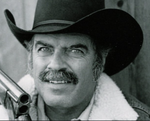





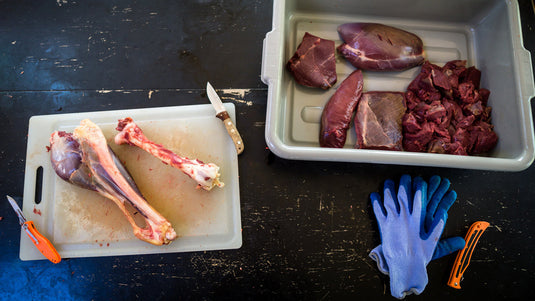
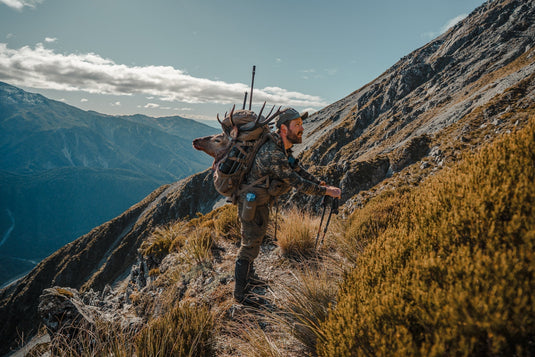
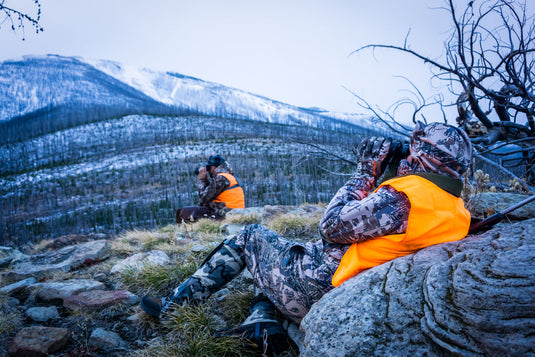
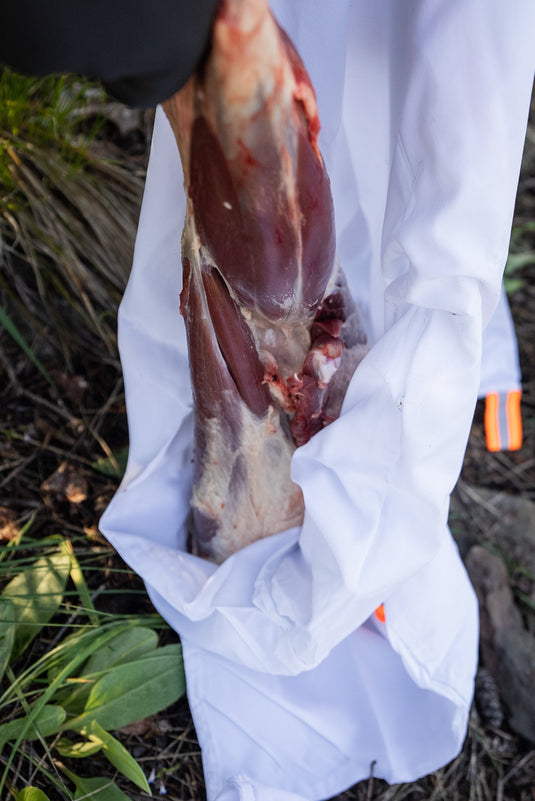
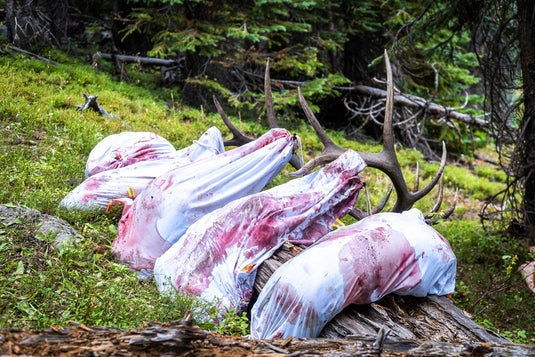
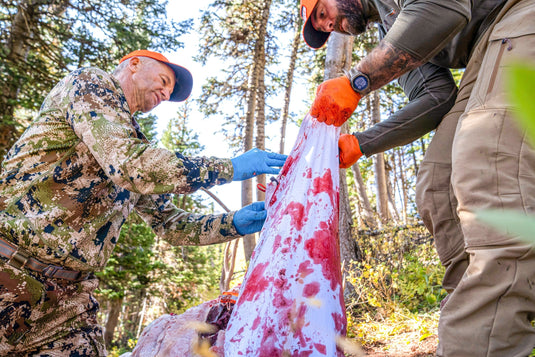
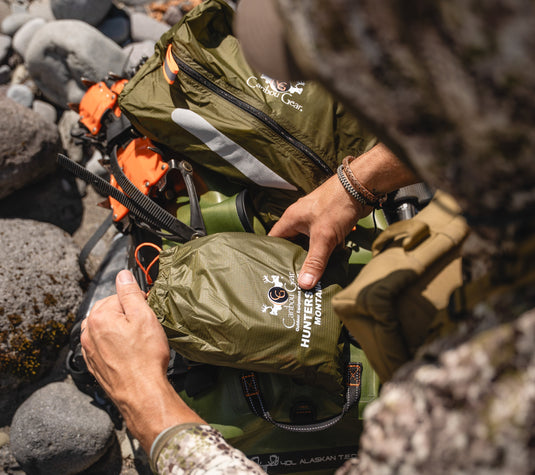
Jim Zumbo, one of the greats. I’ve learned a great deal from him over the years and this article is solid wisdom. Missed my first elk last year and I was dumbfounded. I inadvertently ranged something other than her. Thank God it was a clean miss, but it still stings. In aviation we have a saying, “there are those that have and those that will.” Thanks for the many years Jim.
Great article Jim.
Failing to accurately judge and adjust for the wind can be another reason we miss. Especially here in Big, Wonderful, always windy Wyoming. Many a Pronghorn has been missed when the bullet got blown off course.
Being unfamiliar with shooting accessories can cause misses too. A friend borrowed range finder for a sheep hunt and missed a steep downhill shot. The device had a function that adjusted range for steep angle shots and had told him to hold for 70 yards. He held point of impact and missed. He then learned 70 was the current temperature. Oops!